This article is Part 4 of a six-part series adaptation from the book SPLASH! 10,000 Years of Swimming, written by Howard Means and published by Hachette Books.
During the Golden Age of Swimming — in the waters around Greece and the baths and pools of Rome and its empire — women and men both entered the water naked. Reason dictates as much. Clothes are an impediment in the water, and the more, the worse. The Greek particularly believed that the human form was not meant to be hidden. The Victorians and their European counterparts launched a new Golden Age but with a sharply different attitude toward swimwear and public morality. Men could linger in the raw for a while, but women returned to the water in costumes that all but guaranteed they would never learn to swim.
As this 1829 illustration suggests, proper English women didn’t simply walk into the sea. Rather, they were carried into the water in horse-drawn carriages, where they were met by formidable older women known as dippers. A typical session might include three dunks underwater, no more. Lead weights sewed into the hems of their bathing dresses assured the costumes didn’t float up and expose their legs, but they made swimming all but impossible.
Eighty-plus years later, things had changed, but not entirely. Great Britain’s gold-medalists in the inaugural women’s 4 x 100-meter freestyle relay at the 1912 Stockholm Olympics are all dressed for the 20th century, while the stern matron behind them reminds that the past lingered on. The winning time was 5:52.8.
No one did more than the Australian wrecking ball Annette Kellerman to change the social history of swimming. In July 1907, Kellerman walked on to Revere Beach in Boston wearing a self-designed one-piece bathing that revealed her bare legs and well-endowed body and was promptly arrested for public indecency. At her trial, she argued that “I can’t swim wearing more stuff than you hang on a clothesline,” and when the judge agreed, Swimmer’s Lib was launched, and a star was born.
Three years later, the head of Harvard’s Hemenway Gymnasium declared Kellerman the “most beautifully formed woman of modern times.
Women’s swimming-lib, 1916-style: The suits were inspired by Annette Kellerman, and there’s not a scowling matron in sight at the start of this open-water race in Sheepshead Bay, off the south end of Brooklyn, New York.
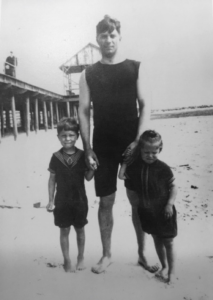 Two family photos: At left, my grandfather, uncle, and mother on the New Jersey coast circa 1915. Men were not allowed to show any flesh beneath a line connecting the armpits. Children, too, were expected to be properly covered, which might explain how miserable my mother and uncle look. Below, me, far more lightly clad as I leave a high-school starting block in 1961. If my baggy nylon racing suit didn’t sufficiently date the photo, the dive would. I’m trying to land flat on the water as far out as I can reach. Modern swimmers head underneath the surface to take advantage of the lower resistance there with a series of dolphin kicks.
Two family photos: At left, my grandfather, uncle, and mother on the New Jersey coast circa 1915. Men were not allowed to show any flesh beneath a line connecting the armpits. Children, too, were expected to be properly covered, which might explain how miserable my mother and uncle look. Below, me, far more lightly clad as I leave a high-school starting block in 1961. If my baggy nylon racing suit didn’t sufficiently date the photo, the dive would. I’m trying to land flat on the water as far out as I can reach. Modern swimmers head underneath the surface to take advantage of the lower resistance there with a series of dolphin kicks.
The swimwear answer to the materials shortages that followed World War 2 was the bikini. Louis Réard, who debuted his version in Paris in July 1946, contended that it had to be small enough to “pass through a wedding ring.” The answer to the bikini, for a generation of schoolboys, was Ursula Andress, who appeared as Honey Ryder, in the very first James Bond movie, Dr. No, from 1960. Andress’s bra top eventually sold at auction for $35,000.
More From This Series
- Part 1: The First 9,000 Years
- Part 2: The Other (Wet) Renaissance
- Part 3: Professors, Purses and Impossible Feats
Adapted from SPLASH! 10,000 Years of Swimming,
By Howard Means,
Published by Hachette Books
Buy Now: https://bit.ly/ReadSplash.
About The Book
Choose a stroke and get paddling through the human history of swimming!
From man’s first recorded dip into what’s now the driest spot on earth to the splashing, sparkling pool party in your backyard, humans have been getting wet for 10,000 years. And for most of modern history, swimming has caused a ripple that touches us all–the heroes and the ordinary folk; the real and the mythic.
Splash! dives into Egypt, winds through ancient Greece and Rome, flows mostly underground through the Dark and Middle Ages (at least in Europe), and then reemerges in the wake of the Renaissance before taking its final lap at today’s Olympic games. Along the way, it kicks away the idea that swimming is just about moving through water, about speed or great feats of aquatic endurance, and shows you how much more it can be. Its history offers a multi-tiered tour through religion, fashion, architecture, sanitation and public health, colonialism, segregation and integration, sexism, sexiness, guts, glory, and much, much more.
Unique and compelling, Splash! sweeps across the whole of humankind’s swimming history–and just like jumping into a pool on a hot summer’s day, it has fun along the way.
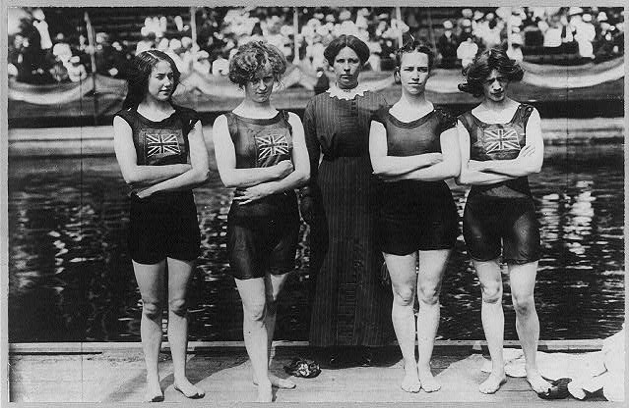


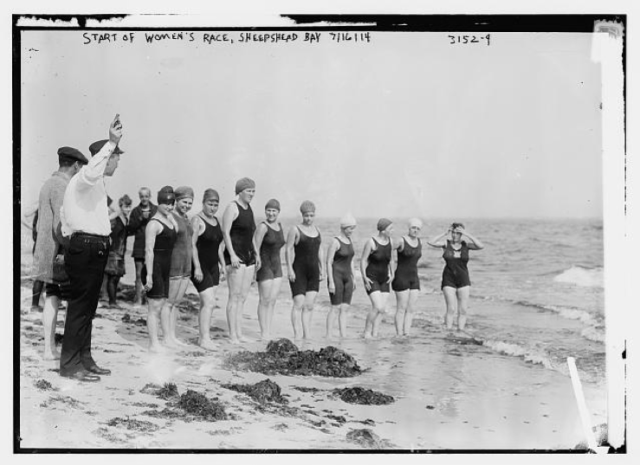
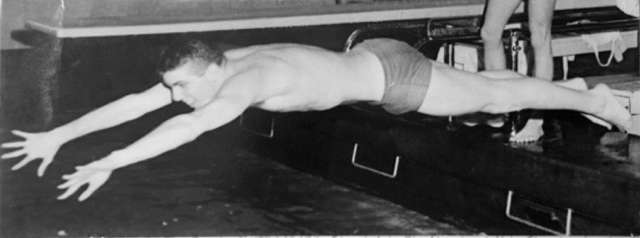

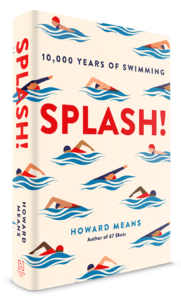

Greatest Sport EVAH!!!!!!!!!!!!!!!!!!!!!!!!!!!!!!!!!!!!!! After horse racing that is.